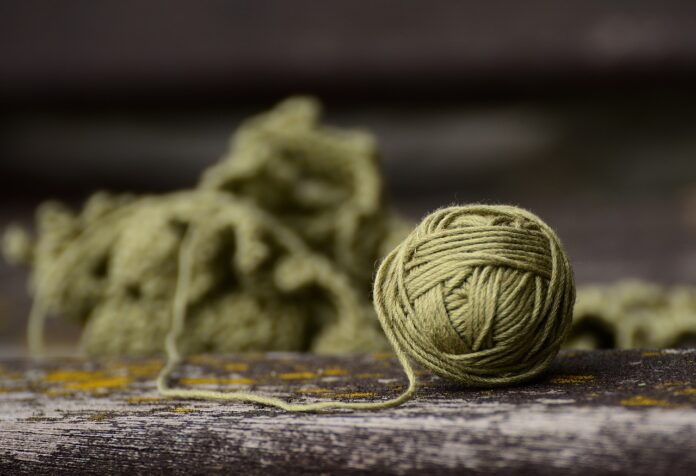Natural wool is one of the most sought-after materials for making textile products. It retains heat exceptionally well and is highly durable, although its specific properties can vary depending on the type. Humanity has been making woolen clothing for thousands of years, and even today, with the advent of many synthetic materials, wool remains highly relevant.
Facts About Wool:
- The global production of wool amounts to 2 million tons per year.
- Merino wool is the most expensive of all types. For example, in 2004, about 100 kilograms of top-grade raw wool was sold at auction by a fashion house for $420,000.
- The leading producer of wool is China, with an annual output of 400,000 tons of raw material. Australia ranks second with over 360,000 tons, followed by New Zealand, which produces about 165,000 tons.
- Ten kilograms of sheep wool can produce a thread about 6,000 kilometers long.
- Wool breeds make up 90% of the world’s sheep population.
- Some types of wool (the most expensive and high-quality ones) are several times softer than silk and more elastic than cotton.
- Sheep of the Australian Peppin Merino breed can yield 15-18 kilograms of wool per year.
- Merino wool is one of the few natural materials whose qualities scientists still cannot replicate using synthetic alternatives.
- Retail sales of consumer goods containing wool amount to $80 billion annually.
- Sheep wool is a fire-resistant material, which is why Merino wool is used in professional fire-resistant clothing.
- The warmest socks are made from wool.
- Camel wool is unique in that it does not accumulate static electricity.
- The oldest type of woolen product is felt. Historians believe that primitive people learned to make it around 8,000 years ago.
- The oldest woolen clothing ever discovered by archaeologists is 3,500 years old. It was found in Denmark.
- The most expensive woolen products are socks made from vicuña wool, a hoofed animal native to the Andes. A pair costs $1,000 to $1,200.
- The thickness of the finest types of wool is less than 16 micrometers.
- Due to the special scaly structure of its fibers, natural wool can repel dirt and stay clean for a long time.
- Each wool fiber can be bent about 20,000 times without losing its flexibility or damaging its structure.
- Contrary to popular belief, it’s not the adult moths that eat woolen clothing but their larvae.
- The oldest soft toy ever found was made of wool. It was a woolen teddy bear crafted about 4,600 years ago.
